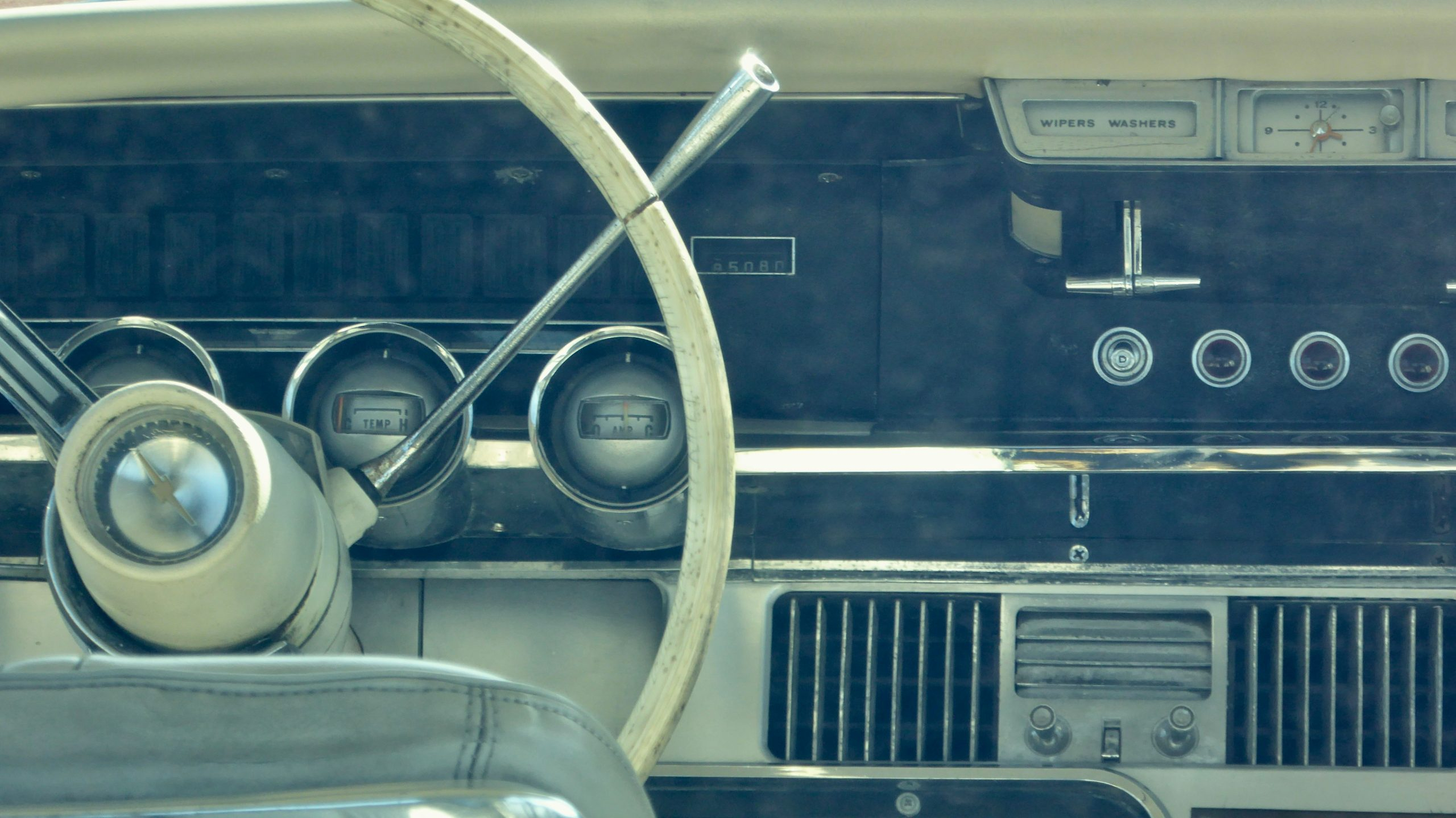Car Advertising Has Evolved Through the Decades
When it comes to advertising, the automotive industry has always been at the forefront of innovation. From the first print ads to modern-day digital campaigns, car advertising has evolved significantly over the decades. In this article, we will take a trip down memory lane and explore the evolution of car advertising and how it has changed the way we view and buy cars.
The Early Years
The Birth of Car Advertising
The first car advertisement appeared in the late 19th century in the form of print ads in newspapers and magazines. At that time, the primary focus of these ads was on the features and specifications of the car. Since cars were still a luxury item reserved for the wealthy, the ads were targeted towards the elite class. The ads were simple, straightforward and lacked creativity, but they were effective in conveying the message to potential buyers.
The Rise of Radio and Television
In the 1920s, radio became a popular mode of entertainment, and car manufacturers saw an opportunity to reach a wider audience through radio commercials. These ads were more engaging and entertaining than print ads, using jingles and catchy slogans to grab the attention of listeners. With the rise of television in the 1940s, car companies started producing TV commercials, which allowed them to showcase their products in a more dynamic and exciting way. These ads featured smooth-talking salesmen and glamorous models, making cars seem even more desirable.
The Golden Era of Advertising
Creativity Takes Center Stage
In the 1960s and 1970s, car advertising reached new heights of creativity. Ad agencies started hiring renowned artists and designers to create visually stunning ads that stood out from the competition. These ads tapped into consumers’ emotions and aspirations, portraying cars as a symbol of success, freedom, and luxury. Many iconic car ad campaigns were born during this era, such as Volkswagen’s “Think Small” and Cadillac’s “The Standard of the World.”
The Advent of Digital Advertising
In the 1980s, the rise of technology gave birth to a new form of advertising – digital marketing. Car companies started using computer-generated imagery (CGI) to create realistic and eye-catching ads. With the introduction of the internet in the 1990s, car manufacturers began using websites and online ads to reach potential buyers. Digital marketing offered a more targeted approach, allowing companies to track customer behavior and tailor their ads accordingly.
The Modern Age
Social Media and Influencer Marketing
In the 21st century, social media platforms like Facebook, Instagram, and YouTube have become instrumental in car advertising. Car companies are using these platforms to reach a younger audience and promote their products in a more interactive and engaging way. Influencer marketing has also become a popular trend in car advertising, with brands collaborating with social media personalities to showcase their cars to a wider audience.
Virtual and Augmented Reality
The latest evolution in car advertising is the use of virtual and augmented reality. Brands are using these technologies to offer potential buyers a more immersive experience. Virtual reality allows customers to test-drive a car without leaving their home, while augmented reality lets them visualize the car in their own environment before making a purchase.
The Future of Car Advertising
As technology continues to advance, so will car advertising. With the rise of artificial intelligence, we can expect more personalized and interactive ads in the future. Companies will also continue to utilize social media and influencers to reach a wider audience, especially with the emergence of new platforms like TikTok.
In conclusion, car advertising has come a long way since its early days. From simple print ads to high-tech virtual reality experiences, car companies are constantly evolving their advertising strategies to connect with consumers and drive sales. It will be exciting to see how car advertising evolves further in the years to come.










